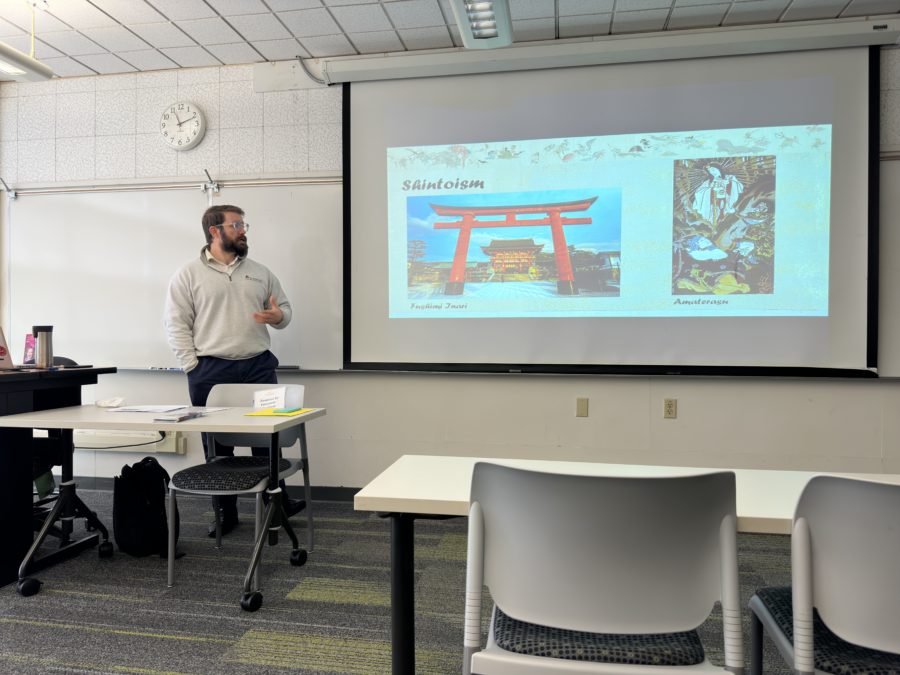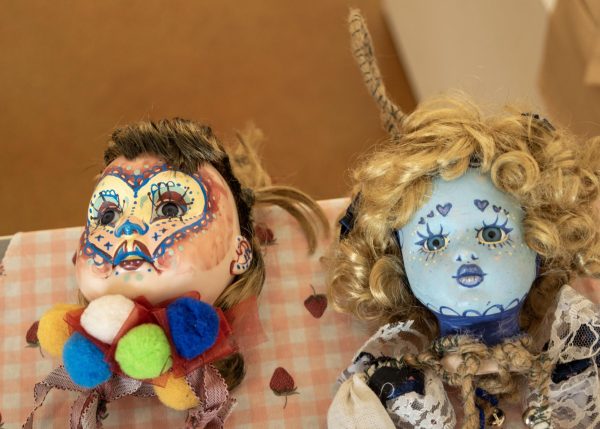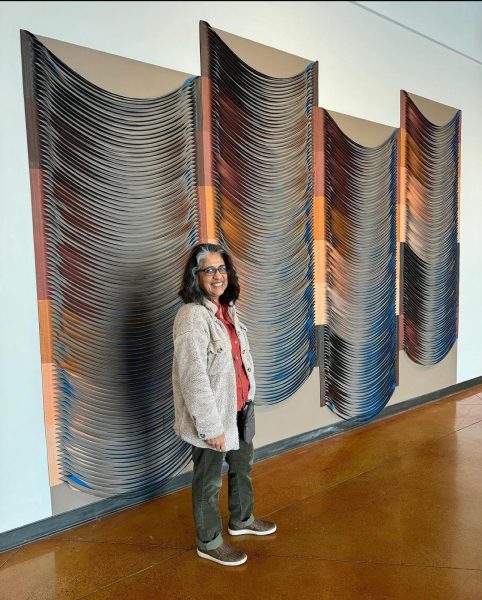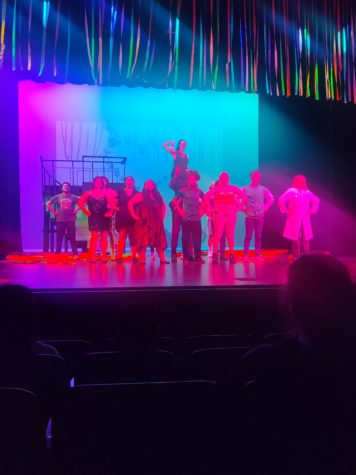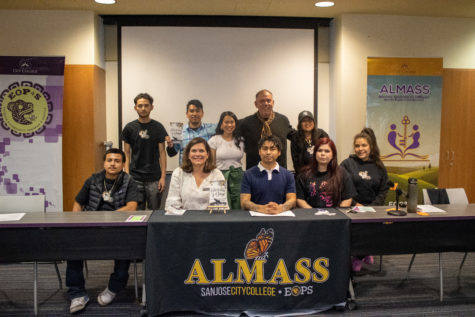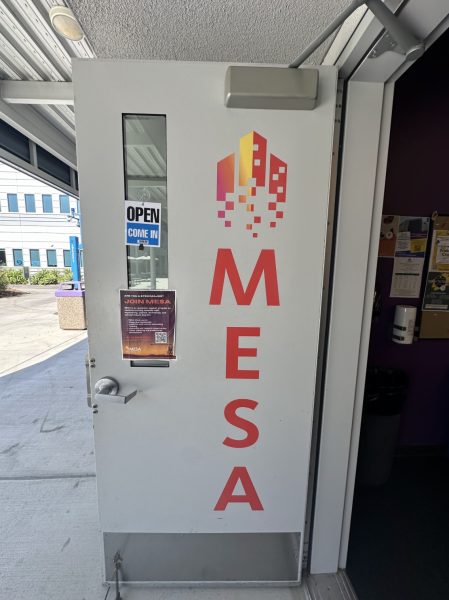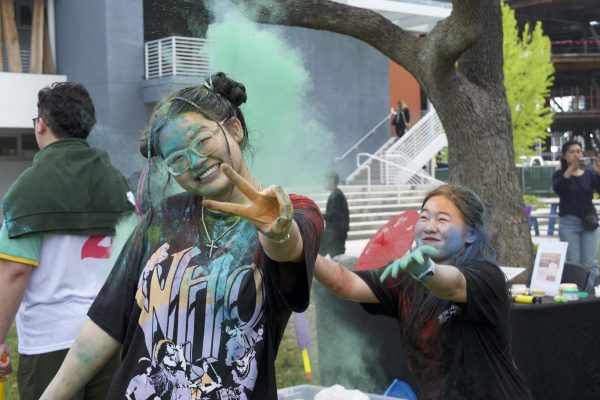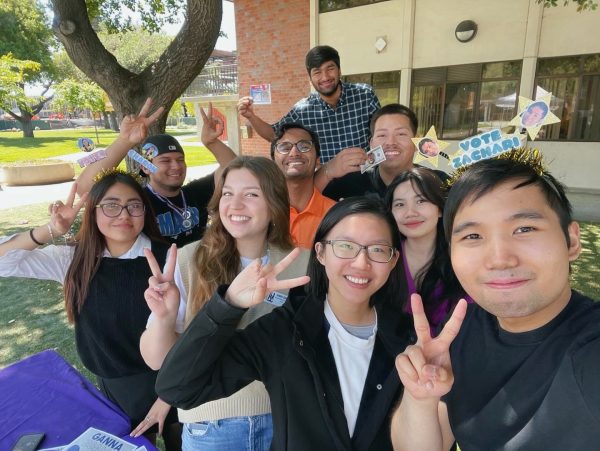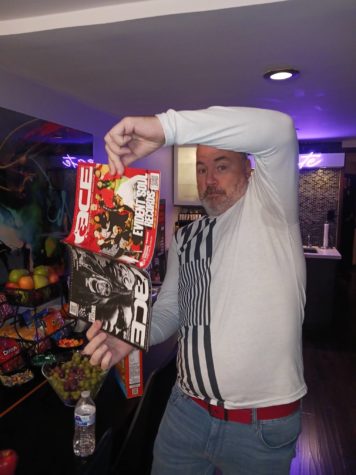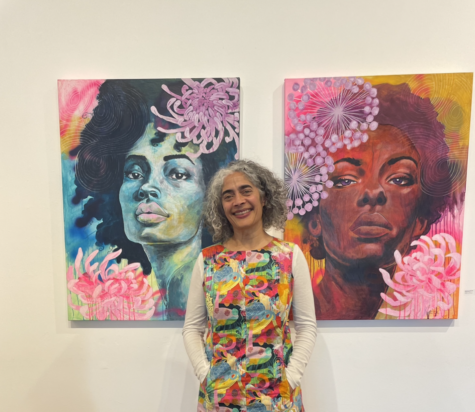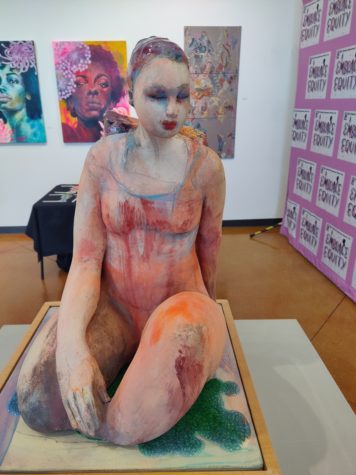The Mysteries of Yokai
How Yokai evolved, from the past to the present
Kai Wiesner-Hanks, a representative of the San Francisco’s Consulate General of Japan, gives a lecture about Japanese yokai to the SJCC students and staff in the buisness building in room 201 on March 8.
Yokai first influenced Japanese pop culture during the 8th century Kai Wiesner-Hanks, a representative of the San Francisco’s Consulate General of Japan said,“Yokai , put simply, are Japanese monsters.”
Wiesner-Hanks, a guest speaker for Professor Ikuko Fukui’s Elementary Japanese class, held a lecture titled, “What are Yokai,” on March 13, in the business building at 11:00 am. Dr. Tomoko Kozasa, Fresno State coordinator of Japanese minor, said of planning the event, “I asked [Wiesner-Hanks] to have a lecture on something about Japanese culture which covers Japanese history and at the same time attracts our current students’ interest – anime and/or manga.”
Wiesner -Hanks explained how Yokai found their origins in three different motivations . Initially, Yokai were either used to explain natural phenomena or were from earlier mythology. He further explained that people then created and imagined new Yokai later on.
Yokai found their peak popularity during the Edo period, a point in time during the 17th to 19th centuries, during which Japan closed off its borders and economy from the world.
Wiesner-Hanks, when elaborating on the influence Yokai still have today, used the example of Amabie, a Yokai said to prevent plagues:
“When Covid[-19] first hit, Amabie exploded in popularity,” he said.
Jordan Lockwood, a 20-year-old theater major, spoke about how she grew up listening to stories of these monsters and how she is trying to reconnect to her Japanese heritage,“I know about Yokai a little bit because I grew up in a Japanese household.”
Pointing to a specific instance, she said,“… there’s this one, [and] her name is Tamamo-no-mae. She turned into this nine-tailed- fox. She became an evil spirit because she was a courtesan to the Emperor and was killed.”
Students present also compared their own culture to the stories of Yokai.
“We have a lot of similarities [in Mexican mythology], so even if you’re on the other side of the world, there are a lot of similarities for a lot of different things,” said Erika Gomez, a 30-year-old medical major.
Wiesner-Hanks, when talking about the global spotlight that Yokai have even today, remarked that in his view, “There’s a lot of belief in powers that we don’t see.”
Your donation will support the student journalists of San Jose City College. Your contribution will allow us to purchase equipment and cover our annual website hosting costs.

